|
Soutine, soutine, soutine, soutine (to the tune of Jolene). Was showing last year at the Courtauld but due to absence mindedness I am only posting this now. The Courtauld is by the way closing next year for a two year refurbishment. It is an excellent collection so you should go and see it before it shuts. If you live outside London then you may be in for a treat as the collection is going on tour. If it turns up anywhere near you go and have a look. As part of its swan song there is an excellent exhibition, of Soutine. Incidentally cost of entry to the collection includes entry into the exhibition. The exhibition is only two rooms, but they are big rooms and they pack allot in. Soutine is weird. Good weird (see above). I very much like the idea of portraits, often grand looking portraits of cooks, bellboys and waiters. The paint is thick and looks quickly applied. In one picture of a page boy thick paint with a sheen to it works well as a his hair. There is allot of vigour and energy in the pieces. The people themselves often appear overwhelmed by drudgery or beaten down by life, except some of the waiters who exude that special time of French waiter arrogance (they were all done in Paris). The general approach is the same. There is a block of colour as the background (my favourite of which were those with a sort of deep Prussian blue). Then sitting in front is the figure. With many such as an early little chef (no not the restaurant) and two of kitchen maids the framing is an important feature of the piece. The frames are long narrow and tight on these three and are used to constrain the subject, to make them look trapped and ill at ease. Exaggerated features such as long necks, big ears or off set eyes as well as the use of stance. With then one of my favourites the little pastry chef he has his hands and legs tight to his body and his hands clasped nervously (above left). Contrast this with the pastry chef next to that , who exudes confidence, legs open, arms out, and the whole of his hat in the picture like a crown. I particularly like the way Soutine does the chefs coats. They are not just white, they are done with stripes and dabs of pastel colours. One of the best of these is the little pastry chef on the far end of one room (above right), where there are streaks and cuts of colour which work very well. The most interesting portraits are a series of four of the same man, in a waiter’s uniform. He has different postures, three of which, with the blue background I like, displaying varying degrees of arrogance. The last one is different, it is a softer friendlier portrait with a sort of a tan orangey background which gives a much more sympathetic approachable figure.
I liked this show very much, you should go but this article comes too late, so you can't.
0 Comments
One of the things that helps the drudgery of January more bearable is the annual London art Fair. Last year's was a bit dull but I am pleased to report that this year's was much better. They were giving out free gin and tonic and it was delicious. Anyway back to the art. There was much to like so this will be mainly a photo blog with the odd digression. It really was a good year. So this is the stuff I saw that I like, some of it anyway. Above left Peter Seal's Hunky Dory (above left), black and white, like contrasted with the Sir Matthew Smith's Gladiolli in a Vase (above right) nice colours and particularly good glass effect. Sadly I don't have the tens of thousands of pounds necessary to acquire either of these. The same is the case for many of the pieces in this show. It runs from there all the way down to the hundreds of pounds. Who doesn't like a sea-scape I like a sea scape and this frothy little number (above left) is by Ralph Fleck. Melanie Comber's Bag End (above left) is much more interesting than it seems because it is all ridged. It is very tactile and there is an intense desire to stroke it. Lines in the sand you see. Bronze, in this case Jonathan Clarke's Chit Chat (above right) is an abstract statue of well, two people chatting. I like it very much. If anyone reading this has a spare £2,800 they could buy it for me.
The London Art Fair is one of the few places where you can consistently see high quality post war British art such as Craige Aitchinson (above middle) and David Boomberg (above right). I have included with it this intriguing solitary house sitting in a snowy landscape by Thomas Lamb (above left) I like the fact it is on scruff looking paper. Pottery and sculpture time now. I particularly like the birds on the oil jugs (above right - what is an oil jug?). Unfortunately with the exception of Jo Taylor's Celadon Series (above, bottom left) I failed to record who produced the others. One of my favourite artists who makes a regular appearance at this show is Michele Mikesell (above left). One of my friends, who has great taste bought one of her pieces while we there, a small bird called John Smith. We were able to hear how she produces her work, which involves sanding back the oil and applying various chemicals to get this odd semi shiny feel. For me I prefer her people and face and Athena, the one pictured is I think my favourite. At the other end of texture scale is Christine Drummonds Colour Buzz (above right).
I am rarely interested in photographs but I was very much drawn to Freddy Fabris' work (above) which using mechanics recreates Rembrandt's paintings. They are clever and amusing photographs and just goes to show what a master of composition Rembrandt was.
These were just some of the highlights. I could go on for a very long time. I will leave you with Paul Fry (below) You don’t have long to see this show. I’ve come to it late and it ends on 28th January so you only have a couple of weeks to get down to the Barbican. You should go it is an utterly joyful show. This is despite the fact that Basquiat himself died pitifully young at the strangely cursed age of 27. He produced a lot of good things in his short life. In the mad environs of the Barbican it is a large show, charting the major points of his life. If you want to do it chronologically start upstairs. If you don’t care just wander round. Its all good. The first piece I encountered was called King Zulu, a field of blue with jazz figures (above). However the better works are the more complex busier pieces. Many of his pieces are simply “Untitled” or “Self portrait” so reference to them can be quite difficult. For example there is a very good triptych self portrait which is just his silhouette (he has distinctive dreadlocks), one of which has a manic grinning mouth. Next to it is King of the Zulus, a big mouth shouting Yarg. Energetic and engaging. His works have a number of same themes. Words, some of them crossed out or letters within the work, cut up images often an almost comic strip type arrangement (like the piece Glenn above), or strange maps like in Time Square. There are some terrific images in them such as the monkey in Alto Saxophone, an almost frankenstine like figure. He shows off his knowledge to, there is erudition and culture reference like in Sawbone of an ass which has a sort of chronology running down the middle, or in the pink tombstone like Mosses and the Israelites. The most interesting of these is the one he did in reaction to his visit to London with its references to slavery and the sugar trade and naval power. Humour abounds such as the work “Jesse” which has the words Popey v The Nazis drawn in it. The upstairs is the beginning, up on the right at the back is Samo, or possibly SAMO. Samo was Basquiat’s graffiti tag. He covered parts of new York with this humoristic slogans such as my personal favourite “SAMO does not cause cancer in laboratory animals. The next room has his entry in the New Wave show, which is one of those defining shows in which a number of stars came. There are several good pieces but my favourite was an assembled piece called the Box which was a series of empty container type shelves, some painted black with skulls on them. There is also a self portrait which looks like a crazy robot with circuit board teeth (above). A vibrant and buzzing piece. Basquiat meet Warhol. After their first official meeting (he had encountered him over) he rushed away and came back two hours later with this double portrait of the both of them which brilliantly captured the personality of both of them. This led to a fruitful partnership which lasted until Warhol’s death and then Basquiats shortly there after from an overdose. It was during this period he produced I think my favourite piece a sort of mad dancing robot with a skull like head and circular hands as though he was directing traffic (above). Over the otherside the show details various joint projects Basquiat was involved in such as a single on which he rapped and for which he designed the record sleeve (above). The most interesting project for me was a series of postcards he helped produce.
At the end of every year I like to go through what I have done in that year. Reminisce about the year gone past and the work I have done. I don't this with formal oil paints but the more experimental stuff and sketches. One of my favourite discoveries of this year was ink. I bought myself some coloured inks for my birthday and messed about with producing patterns. I was very pleased with the results and a couple of examples are above. This led me to do some experimentation with blending colours, having I've admit been to see some Kandinsky (see above). Worked out well I think.
There was a TV program earlier in the year on BBC4 called the Art of Japanese Life. It was a brilliant show and I found it very inspiring. There was a companion series at the same time called Handmade in Japan of which my favourite was the one on pottery. Anyway I found this inspirational and already having some inks to hand tried to go all simplistic and Japanese with the ink. The Kanji above right are my name (or as close as you can get) and then an abstract shape in gold and red and some flowers. They were fun. My good friends Alex and Owen gave me some pastels at the beginning of the year and they are lot of fun to use. Both on pastel paper, and after a trip to the Estoric, I tried doing a couple on cardboard (the bottom two). It turned out pretty well although I will have to seal them as the pastel keeps coming off. One of my ambitions, often thwarted is to paint outside more. I managed it once this year in a serious way when I took my travelling easel, and some watercolours off to the Olympic park with the Law Society Art Group. You need a nice day for this to be fun. I produced 2 pictures, one longer, took about 3 hours (top left), and the other shorter. The longer one is on the left and is better I think. This was very enjoyable, but time and weather pressures make this difficult. Another thing I like to do is practice watercolour sketches of places I am planning then to do an oil painting of. These are usually but not always done from photographs. The quality varies but they are fun to do and always give me good ideas for the following oil painting. I have expanded on this a little now by doing small oil paintings and then much bigger one for a series on the River Lee. More on that later in the year. Sketch books I find very important and I take my most places. It is good for working on ideas, and just practicing drawing. Mine are full of pictures of my cat, people on trains and then working up of various different ideas. So I tried doing an abstraction of a scene from Haggerston station and that worked well. I keep thinking of doing an oil painting of this, but too many ideas not enough time. Coming up with just pure abstract patterns can be fun too.
|
Archives
June 2024
Categories |

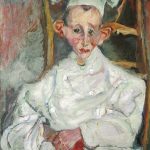
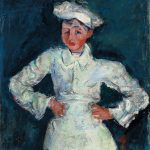
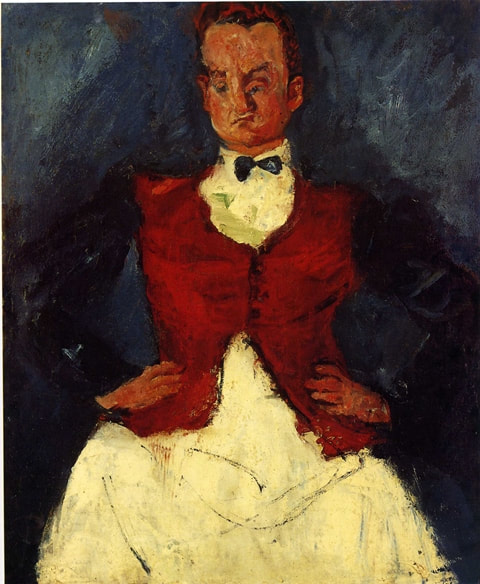
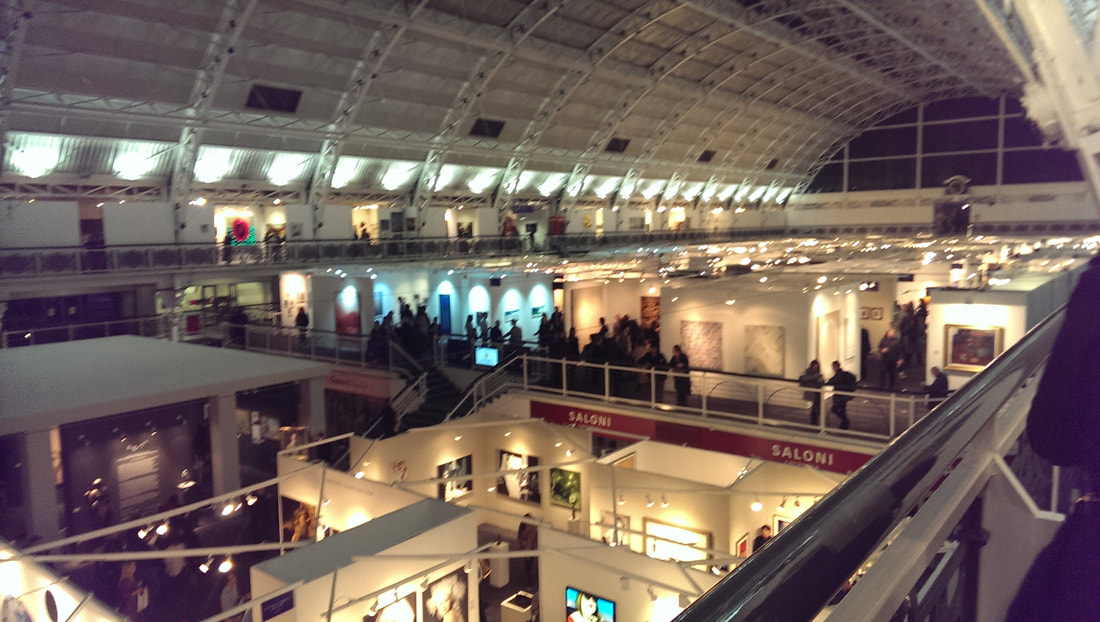
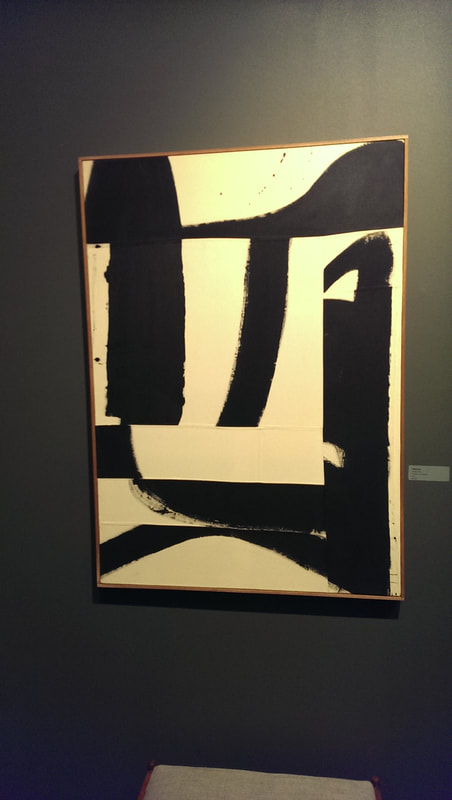




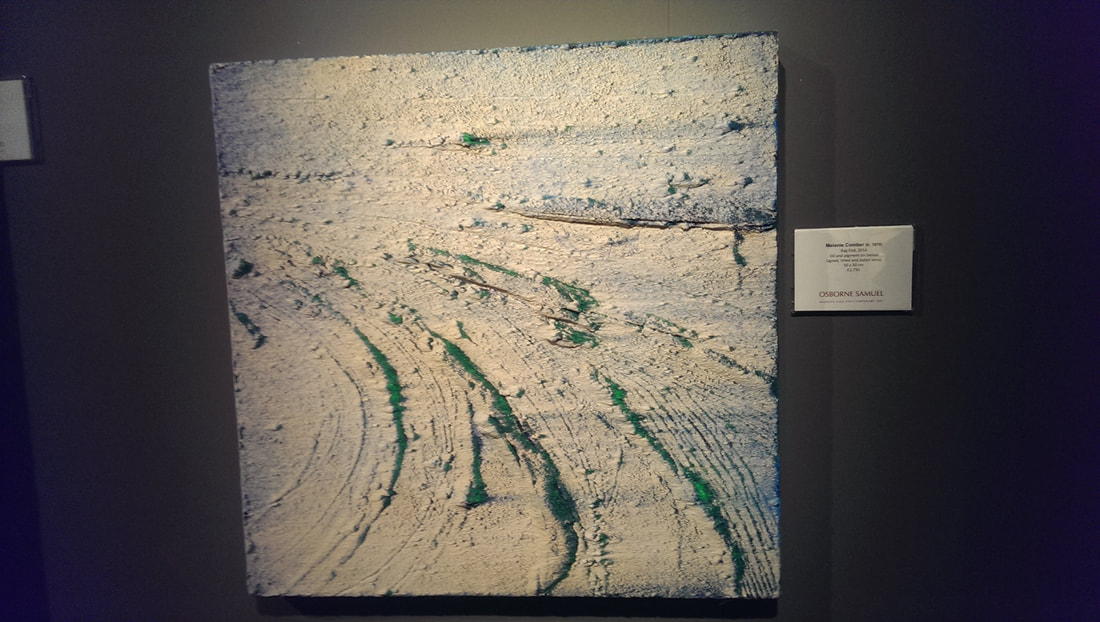


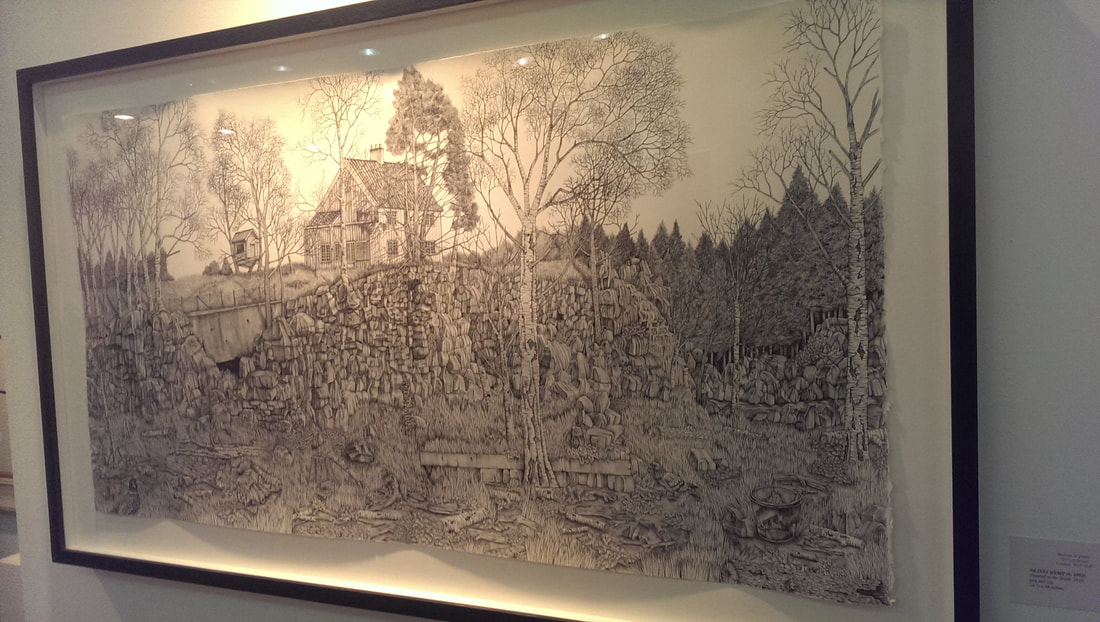

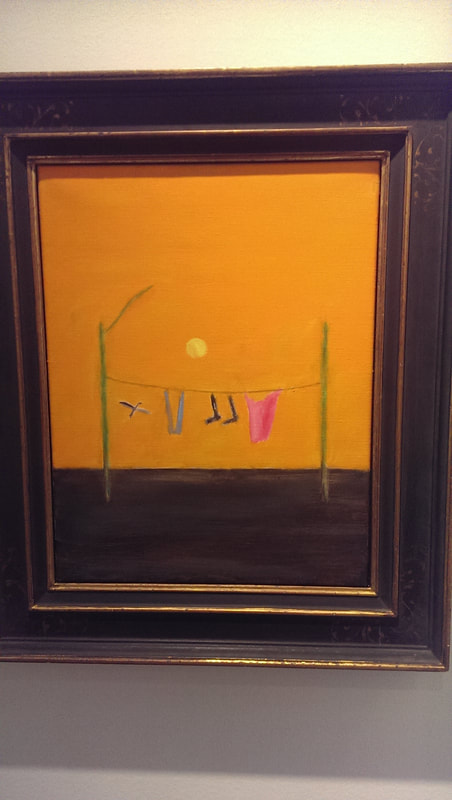
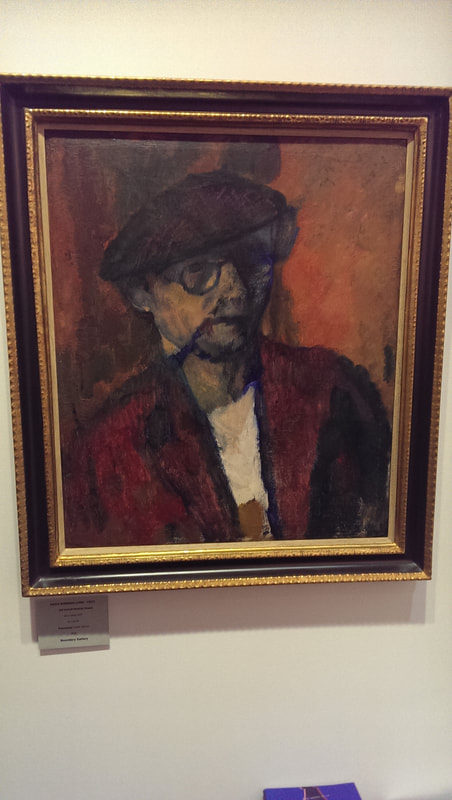

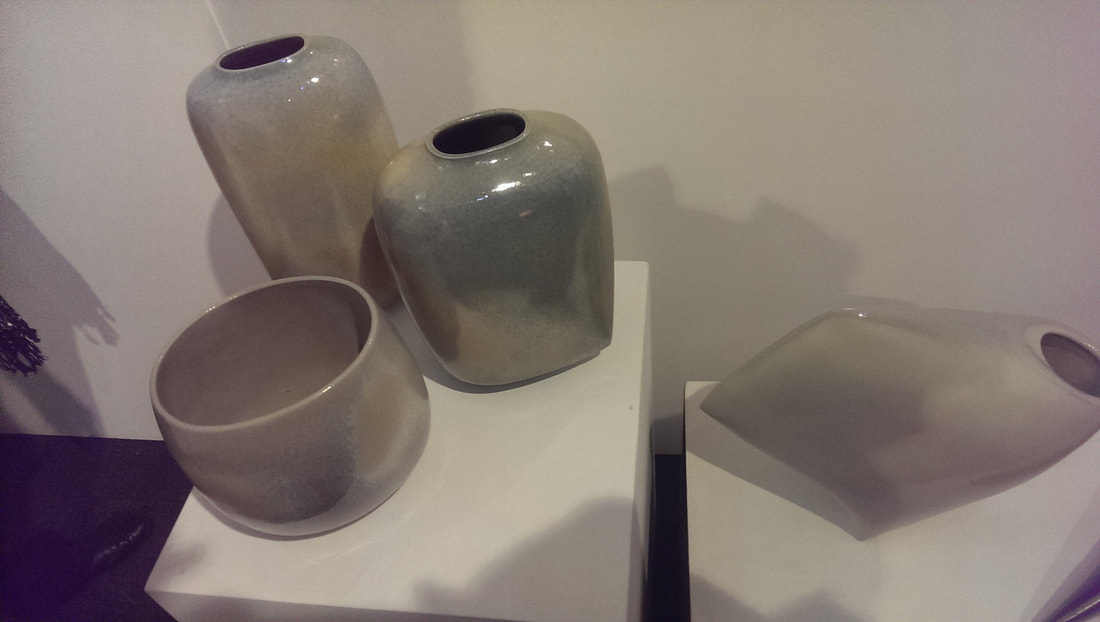
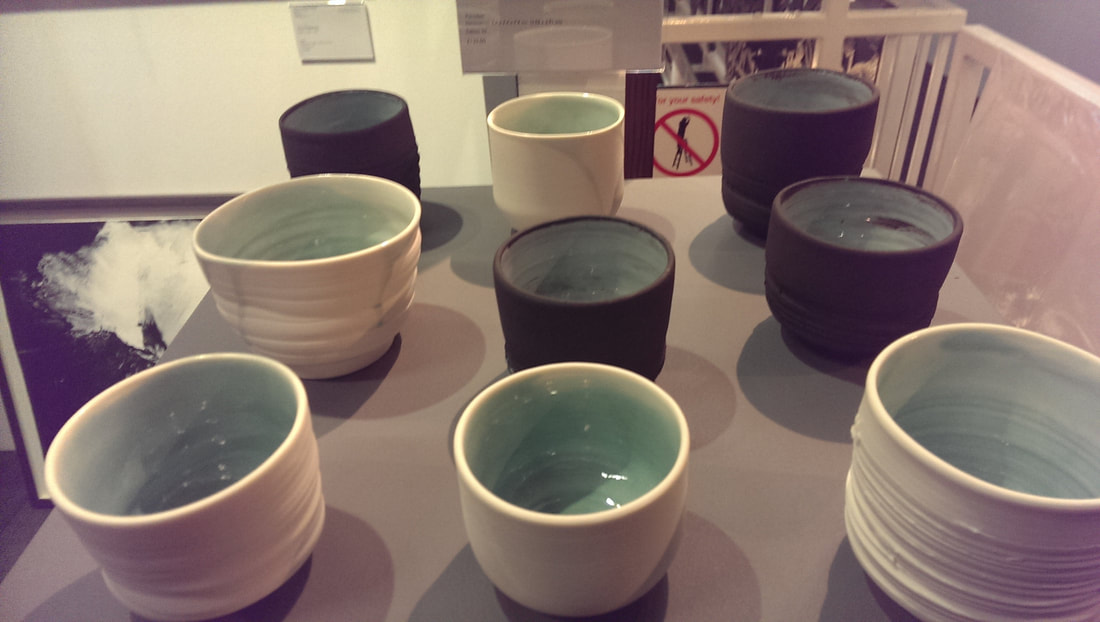
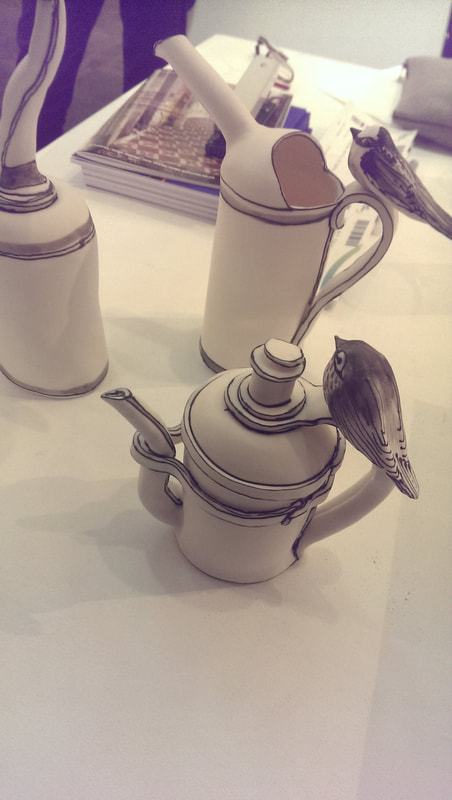
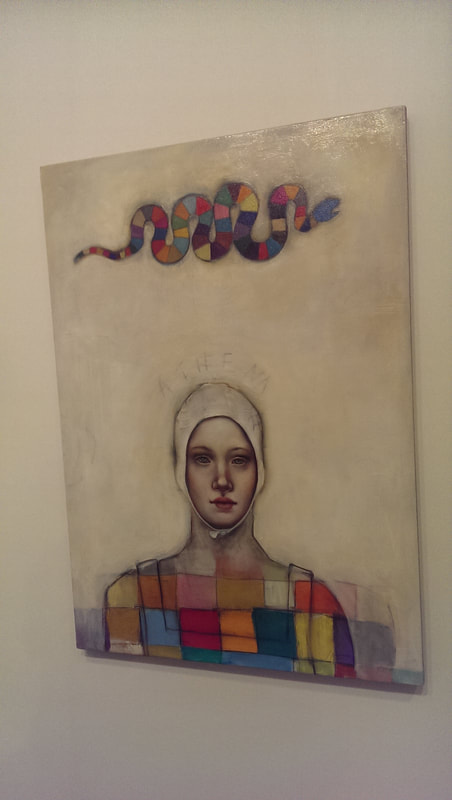




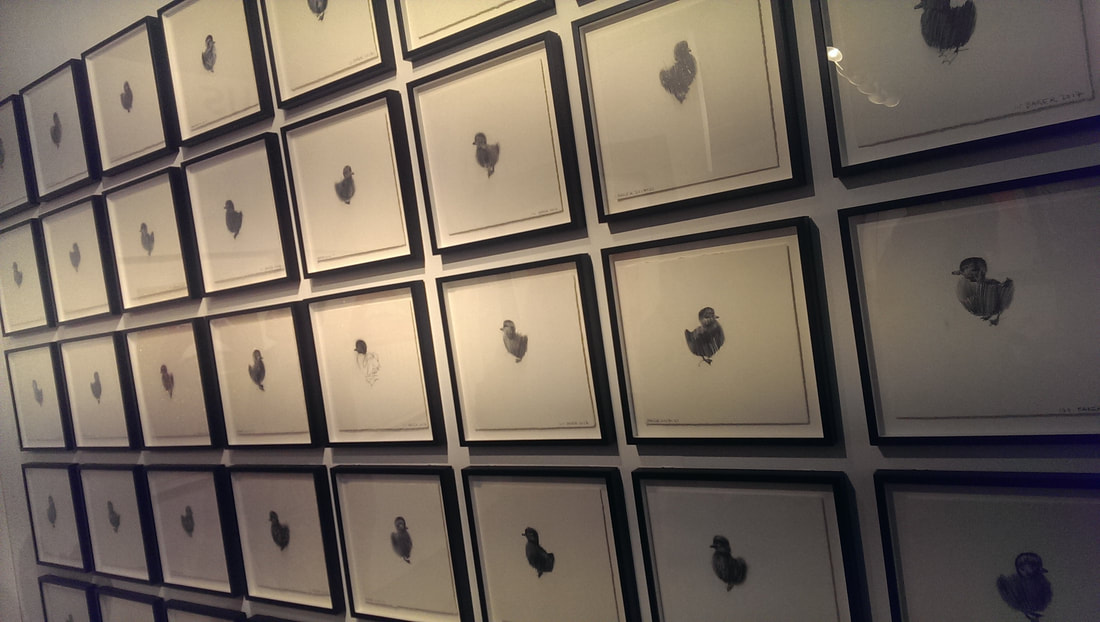

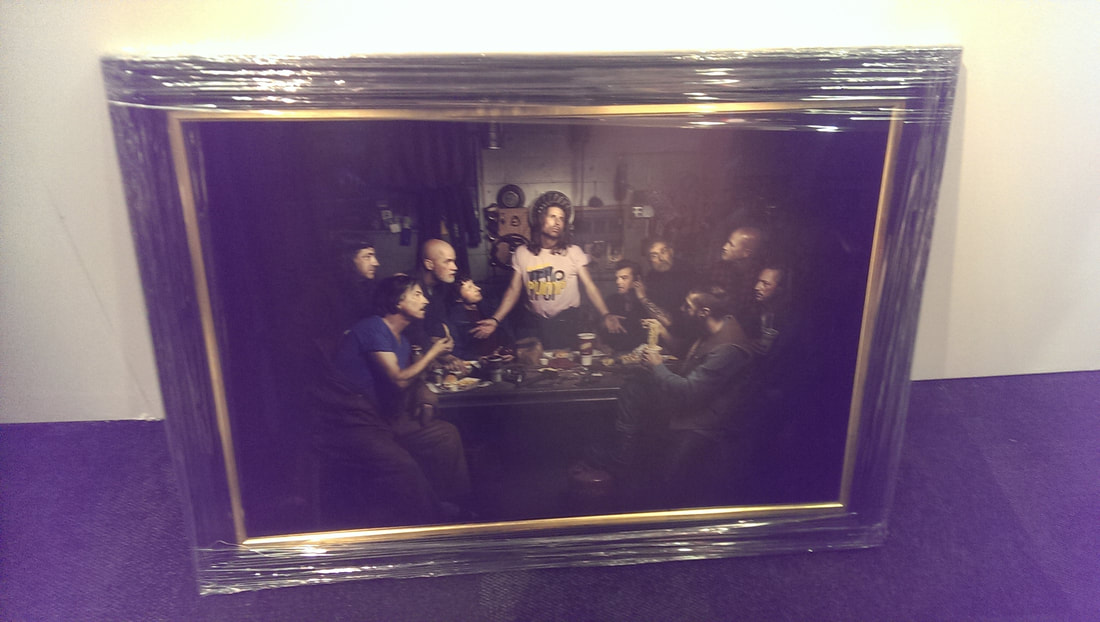


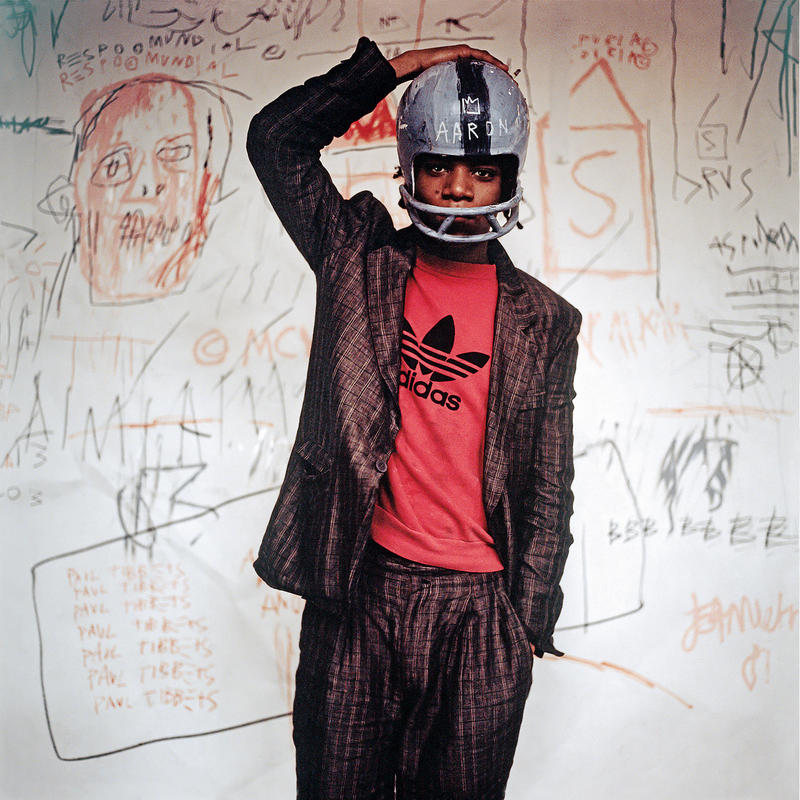
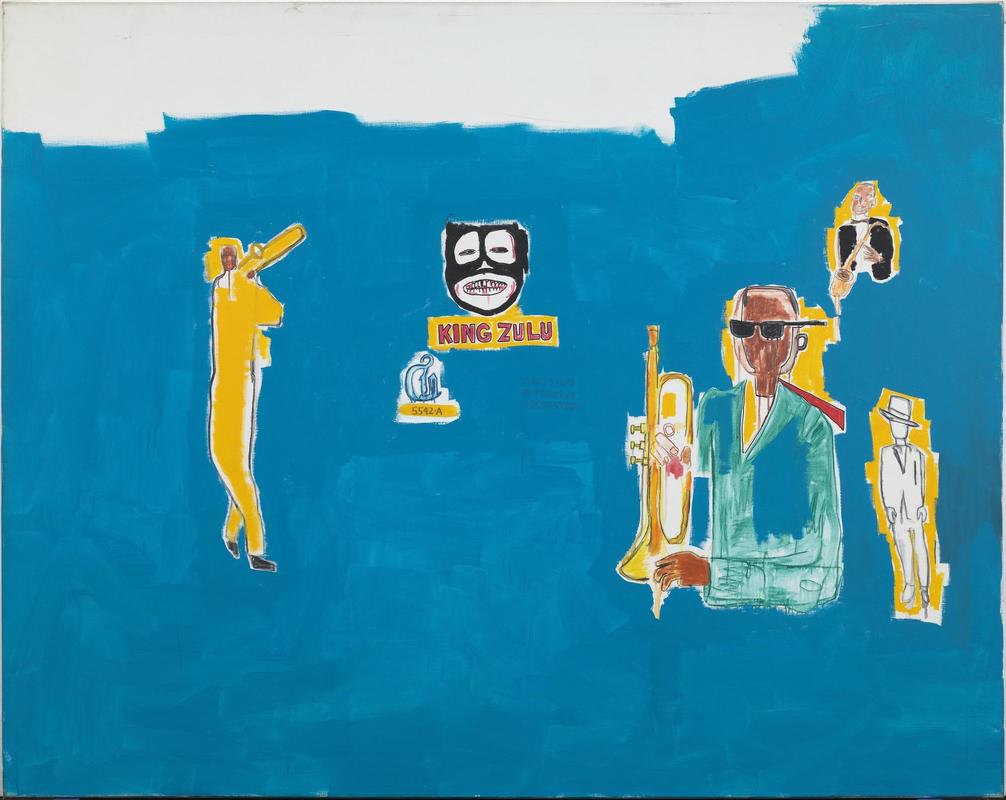
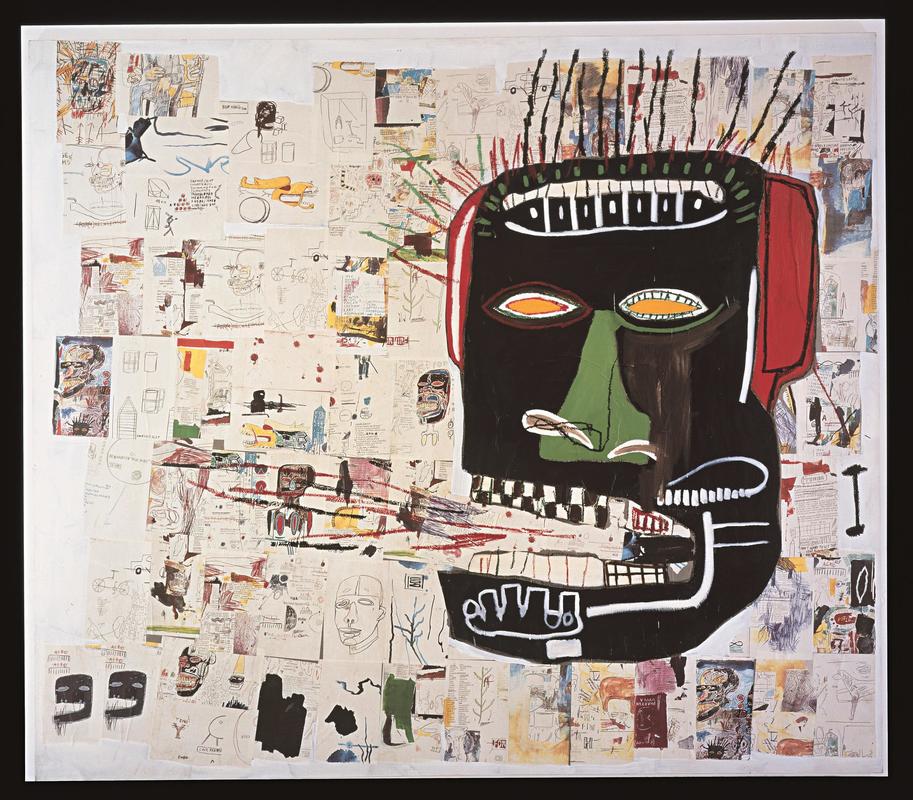

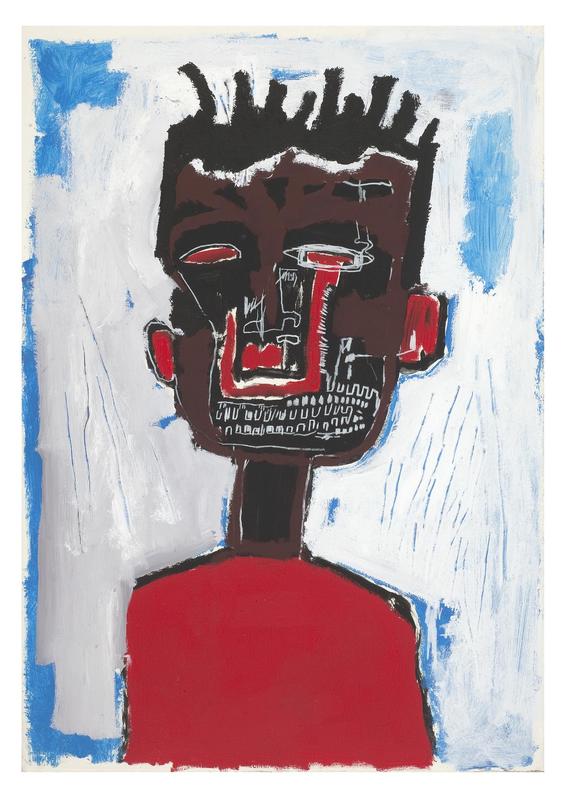


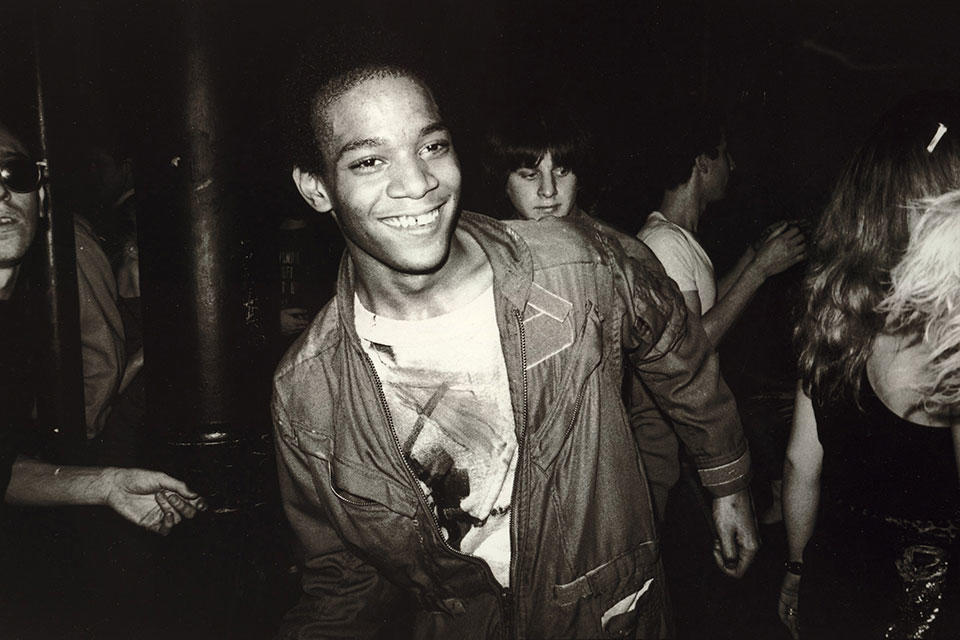

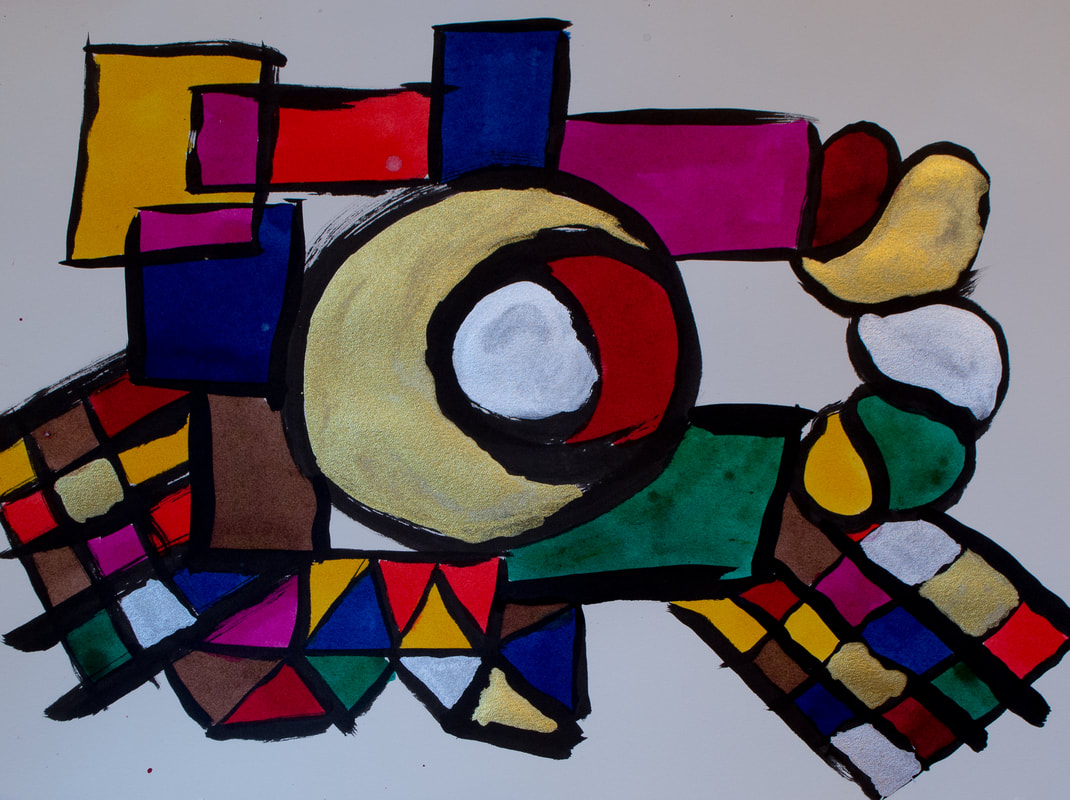
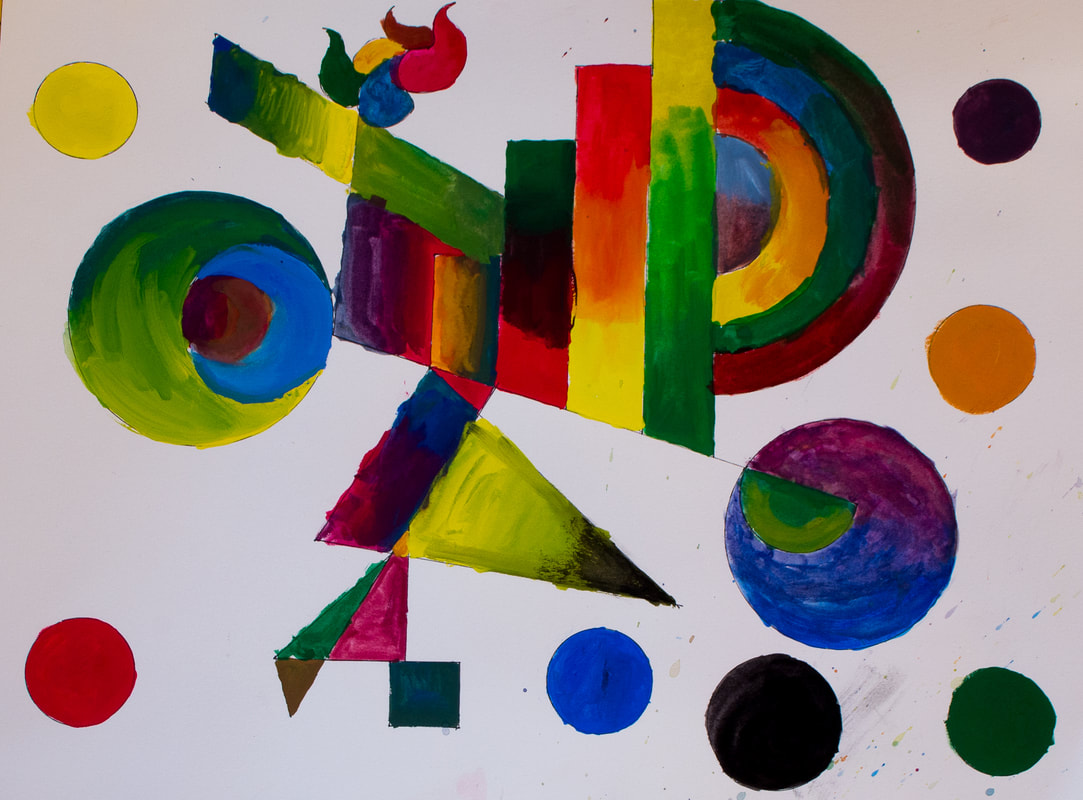
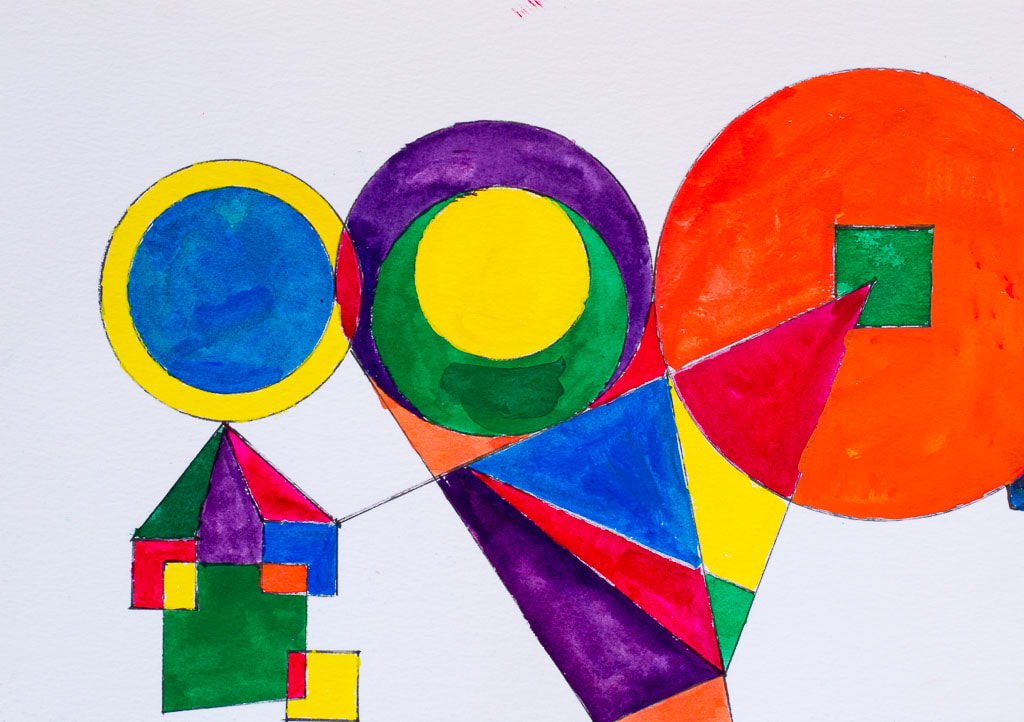









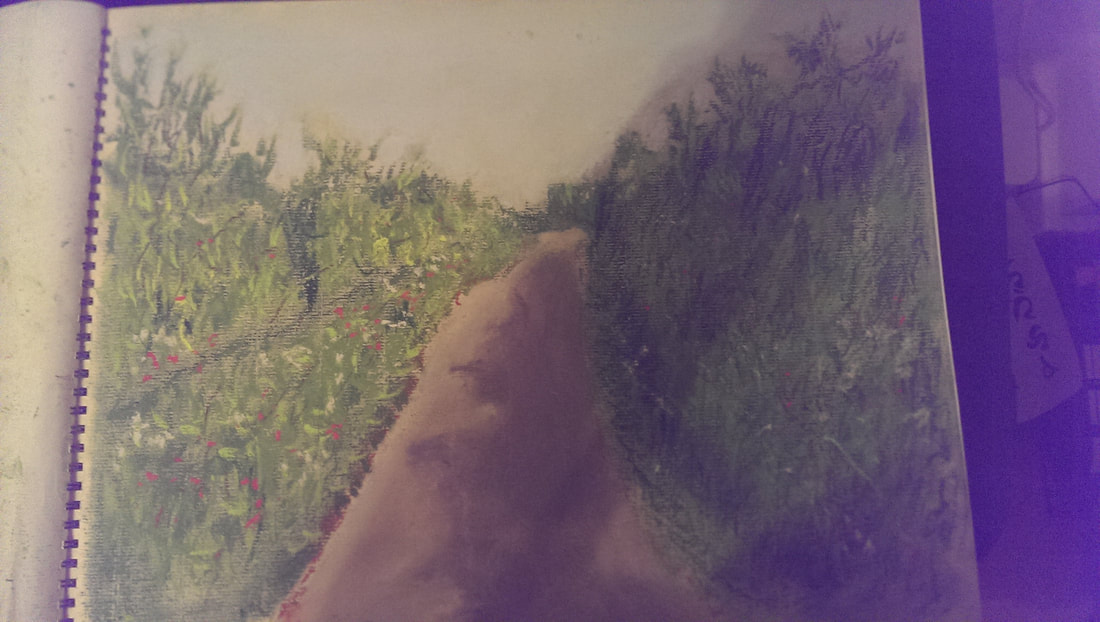
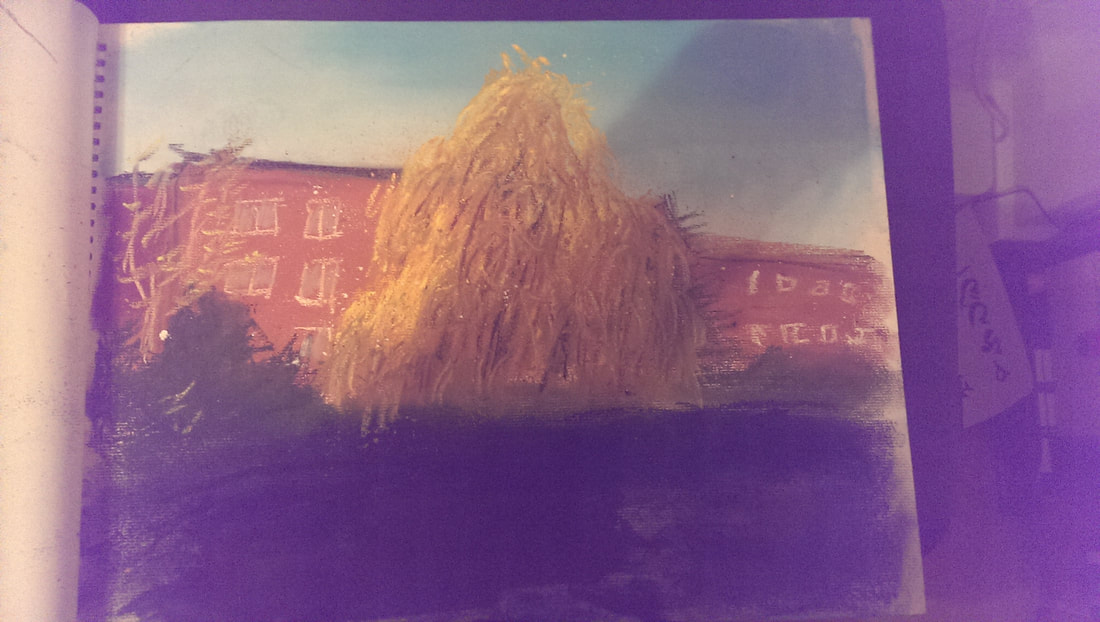
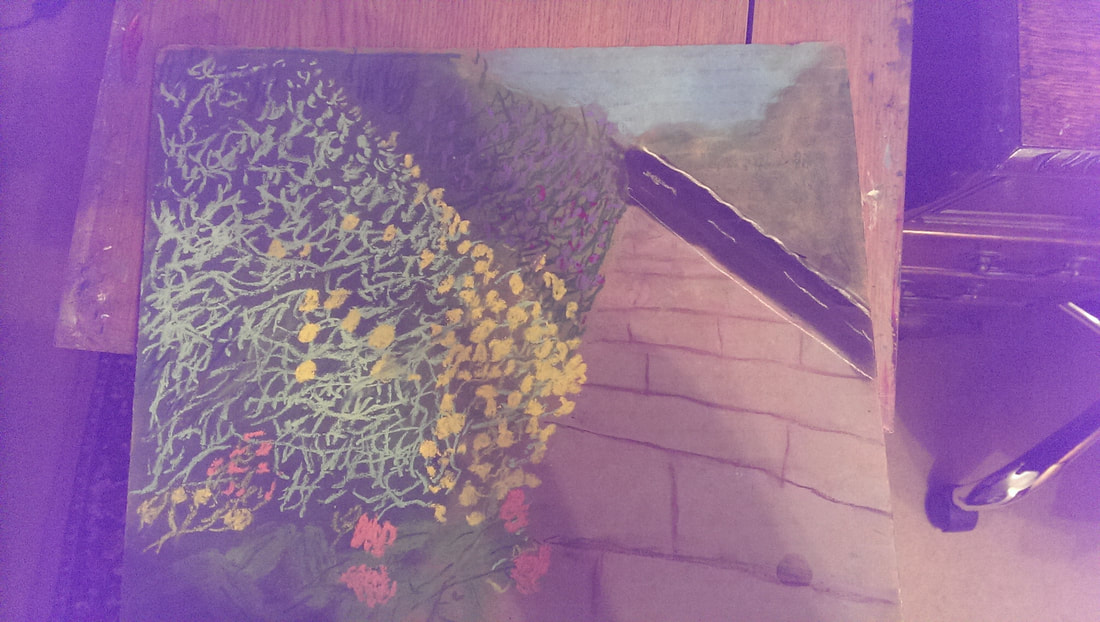
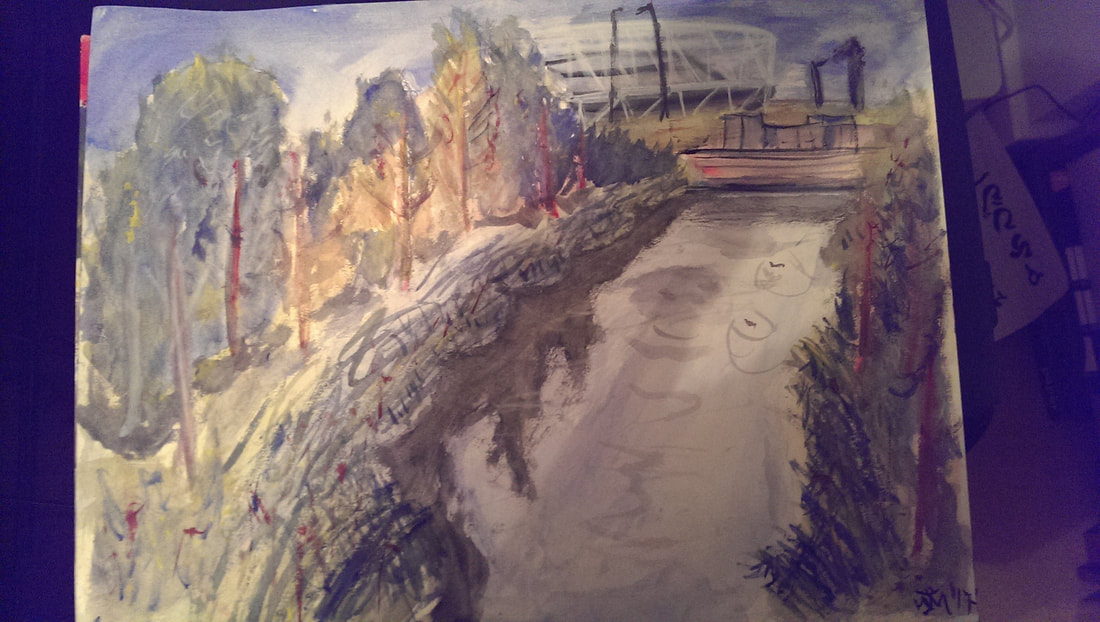

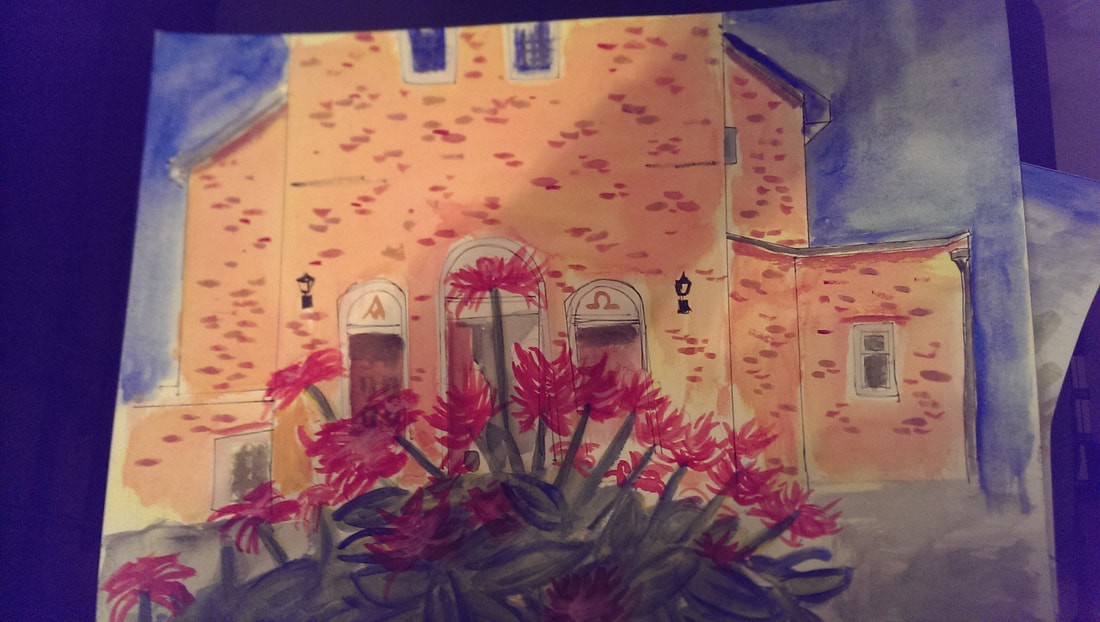


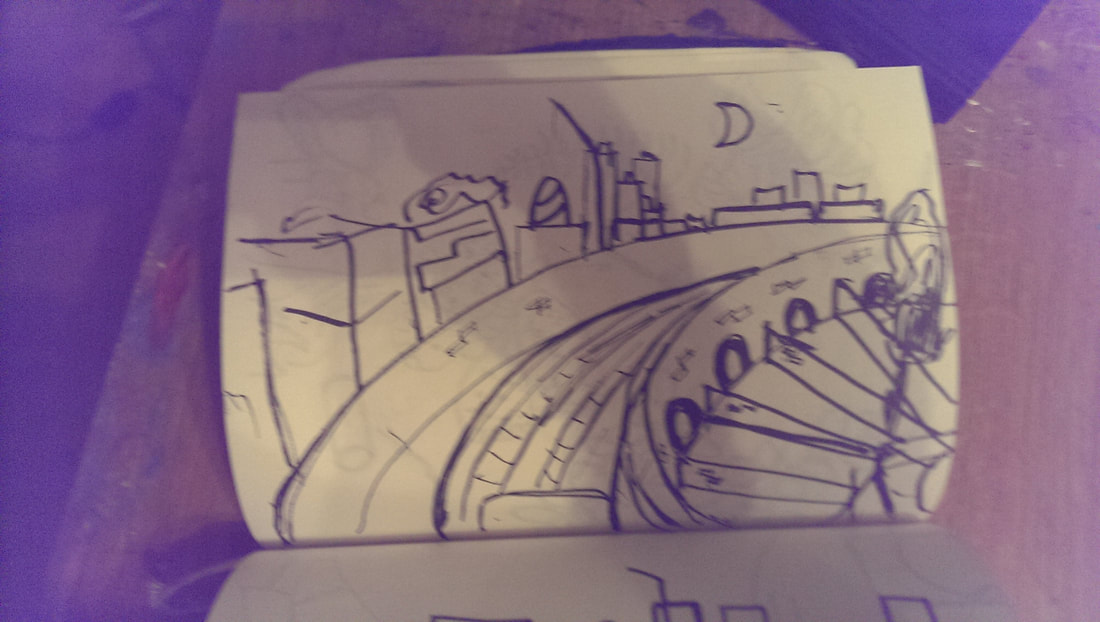
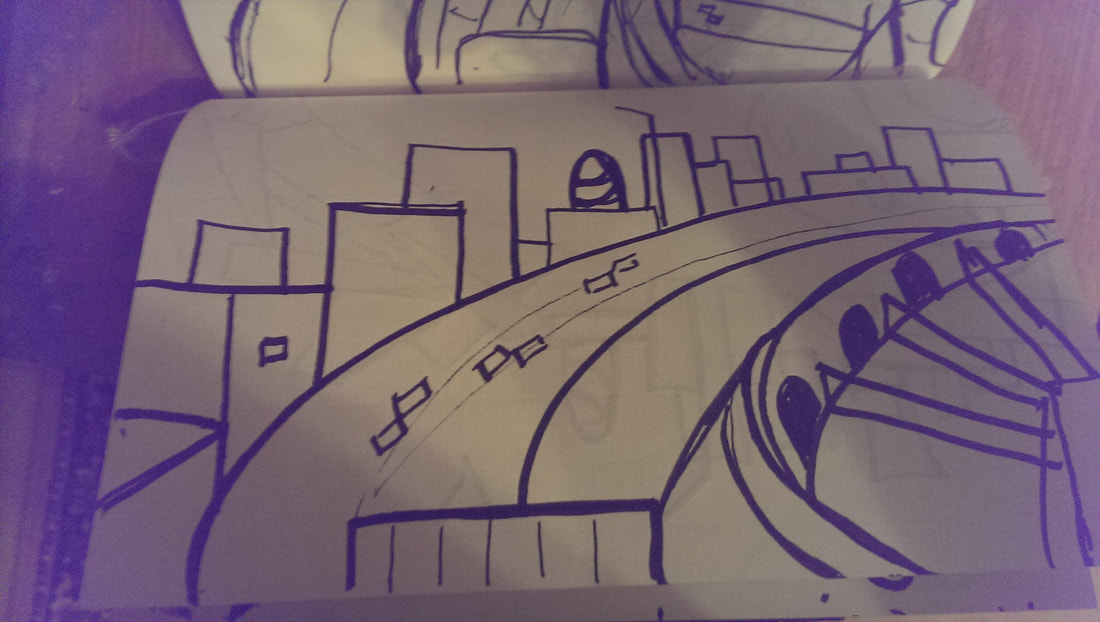
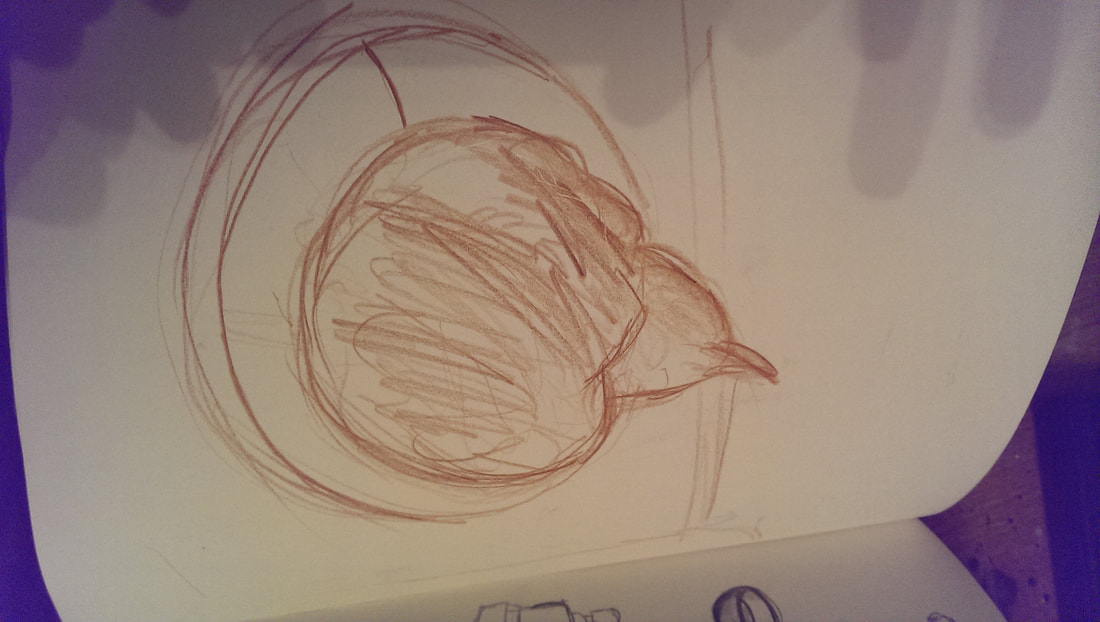
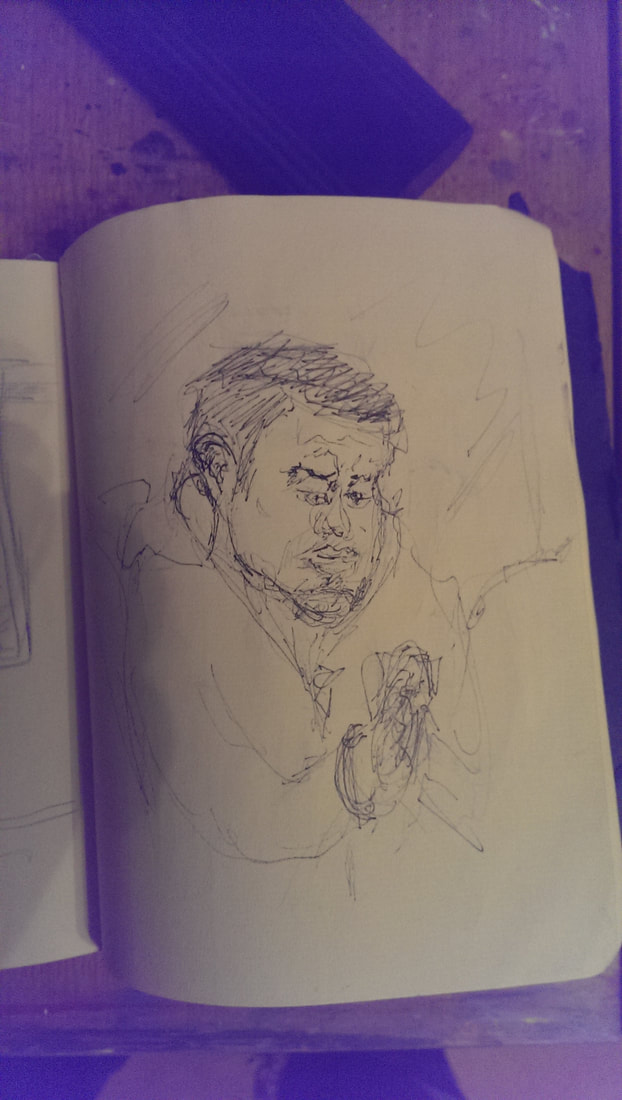

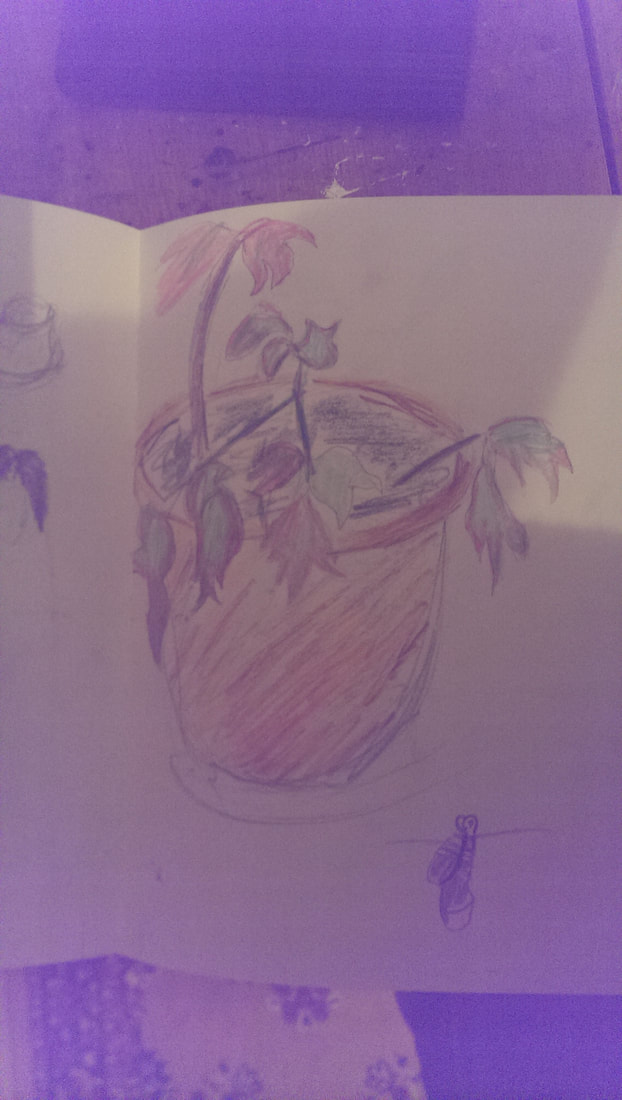
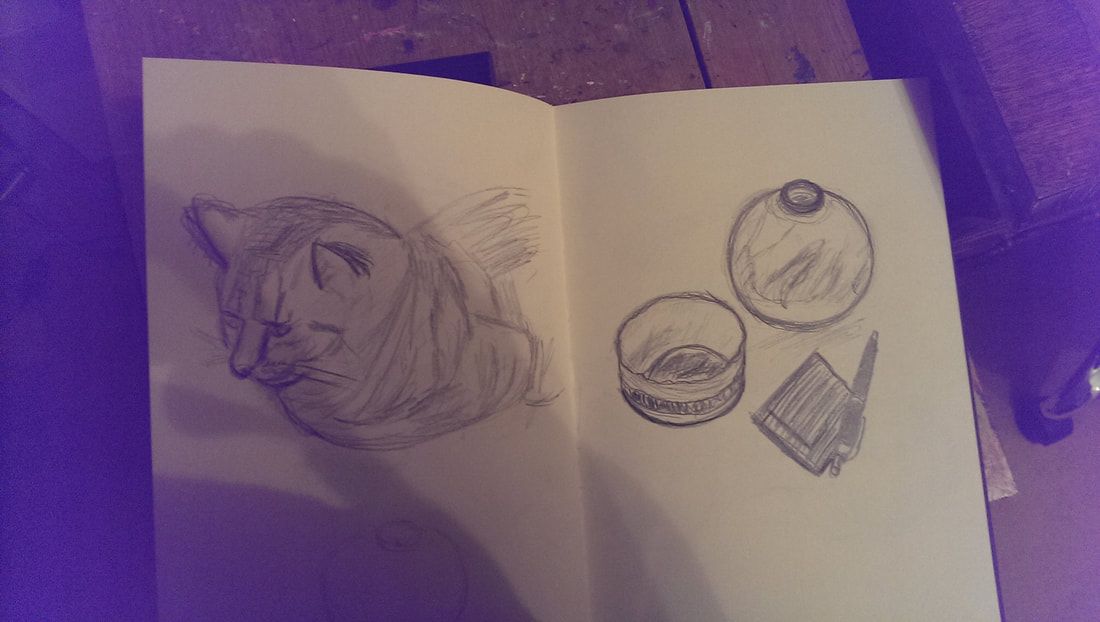
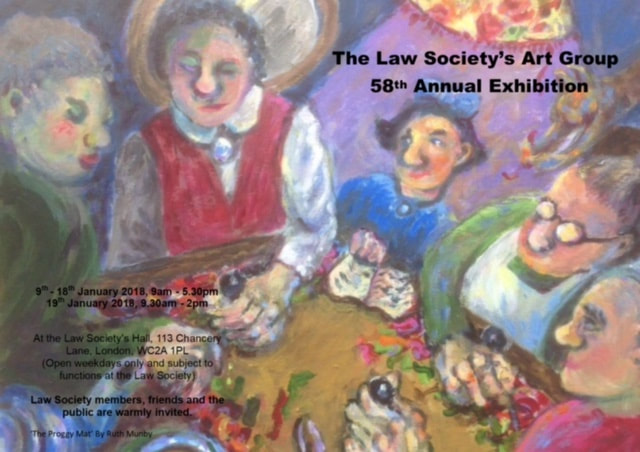
 RSS Feed
RSS Feed